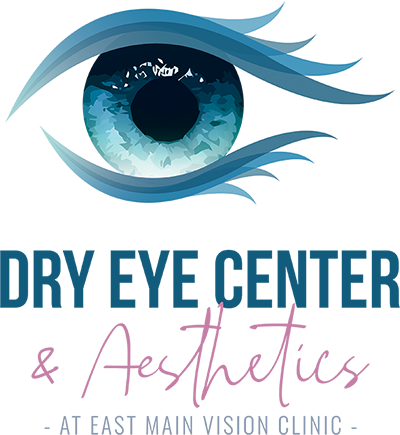October 25, 2022

Contact lenses were first created to be a new form of prescriptive eyewear. But as eyeglasses have shifted to be more than corrective accessories and become fashion statements, so have contact lenses. You can now get contact lenses purely for aesthetic or fashion purposes. You can use lenses to change the color of your eye or the appearance of your pupils.
This new frontier of contact lenses for aesthetics has also come with complications. More contact lenses are sold on the streets than in your eye doctor's office. You can buy aesthetic contact lenses from fashion stores, costume shops, and other vendors. These lenses pose several dangers to the wearer, mainly because they are not professionally fitted.
With Halloween right around the corner, we wanted to remind everyone on eye safety and not falling into the trap of costume contacts without prescription.
The Dangers of Non-prescriptive Contact Lenses
They Can Scratch Your Eye
Contact lenses lie directly on the eye's surface, floating on your natural tear film. A well-fitted lens adapts to your eye's natural curvature because it is within your exact measurements. When you get a poorly fitted lens, it may be smaller or have a sharper curve than your eye. The poor and tighter fit will mean that the lens’ edges may dip onto your eye's surface.
The edges can scratch your eye's surface, causing painful abrasions. The abrasions may lead to blurry vision, eye redness, sensitivity to light, irritation, discharge, and pain.
They Increase the Risk of Corneal Ulcers
Wearing non-prescriptive contact increases the risk of developing corneal ulcers. As mentioned above, poorly fitted contact can cause abrasions and scratches on your eye's surface. The abrasions caused by incorrectly or tightly fitted contact lenses can advance to corneal ulcers. Corneal ulcers are painful sores on the transparent corneal membrane. They can lead to vision loss, blindness, or permanent scarring if untreated.
You Are Highly Predisposed to Eye Infections.
With the abrasions, scratches, and corneal ulcers on your eyes from poorly fitted contacts, your eye is at risk of pathogens. You can easily get bacterial or viral infections through the sores. One such infection is bacterial keratitis, which affects the cornea. It can lead to permanent scarring, severe ocular issues, and possible blindness.
According to a 2011 study, people who wear non-prescriptive contacts are 16 times more likely to develop keratitis. They are also at risk of contracting other bacteria resistant to standard treatments.
Tips for Getting Contact Lenses
Ensure you get a proper measurement from your eye doctor before you get any contact lenses from a store. Your eye doctor will educate you on how to care for your lenses when you get them.
Get a prescription from the eye doctor containing your lens measurements and expiration date.
Do not buy from any retailer that does not ask you for your measurements or prescription.
Do not share your contact lenses.
Practice proper contact lens care to reduce the chances of infection.
Wash your hands every time you want to handle your contact lenses.
If you experience discomfort or side effects from wearing your contact lenses, let your eye doctor know about it.



